There can be your advertisement
300x150
Designer on the Sofa: How to Create a Flat Project Without Going Crazy
Step-by-step guide
Have you ever dreamed of a flat from the cover of a glossy magazine, but the prices for designers made you sigh sadly? Don't despair! We'll tell you how to create a design project yourself without special education and spending a fortune. Ready to turn your den into a palace with your own hands? Let's go!
Natalia Saneeva - Art Director of FLATreLIFE Studio, blogger @flatrelife
Step 1: Dreaming is not harmful, or how to define your desires
Before reaching for a roulette and pencil, let's dream. Yes, this is an important step! Grab a cup of tea, get comfortable, and think:
- What style do you like? Scandinavian minimalism or bohemian chic?
- Which colors soothe you and which energize?
- Do you need a separate workspace or do you prefer to work lying down?
Natalia advises: "Collect a collage in PowerPoint from real items and products and see how they look together. This will help you understand what you really want."
Step 2: Measurements - when every centimeter counts
Now armed with a tape measure, start taking measurements. Yes, it's not the most fun activity, but without an accurate floor plan of your flat, you risk buying a sofa that won't fit through the door.
What to measure:
- Total room dimensions;
- Window and door locations;
- Ceiling height;
- Outlet and switch placements.
Tips: Don't forget about protrusions, niches, and radiators. They can significantly affect furniture arrangement.
Step 3: Paper will bear everything, or planning the space
Now that you have a floor plan, you can start experimenting with furniture placement. Don't rush to the furniture store yet! First, play around with variants on paper or in special programs.
Popular programs for planning:
- Planner 5D;
- RoomSketcher;
- IKEA Home Planner.
Remember functionality: walkways must be convenient, and wardrobes should open easily.
Step 4: Light, mirror, tell me... or planning the lighting
Proper lighting can transform even the most boring room into a cozy nest. Think about three levels of lighting:
- General light (chandeliers, ceiling lights);
- Task lighting (table lamps, under-cabinet lights on the kitchen);
- Decorative light (wall sconces, string lights, candles).
Tip: Don't forget about natural light. Properly chosen curtains can work wonders!
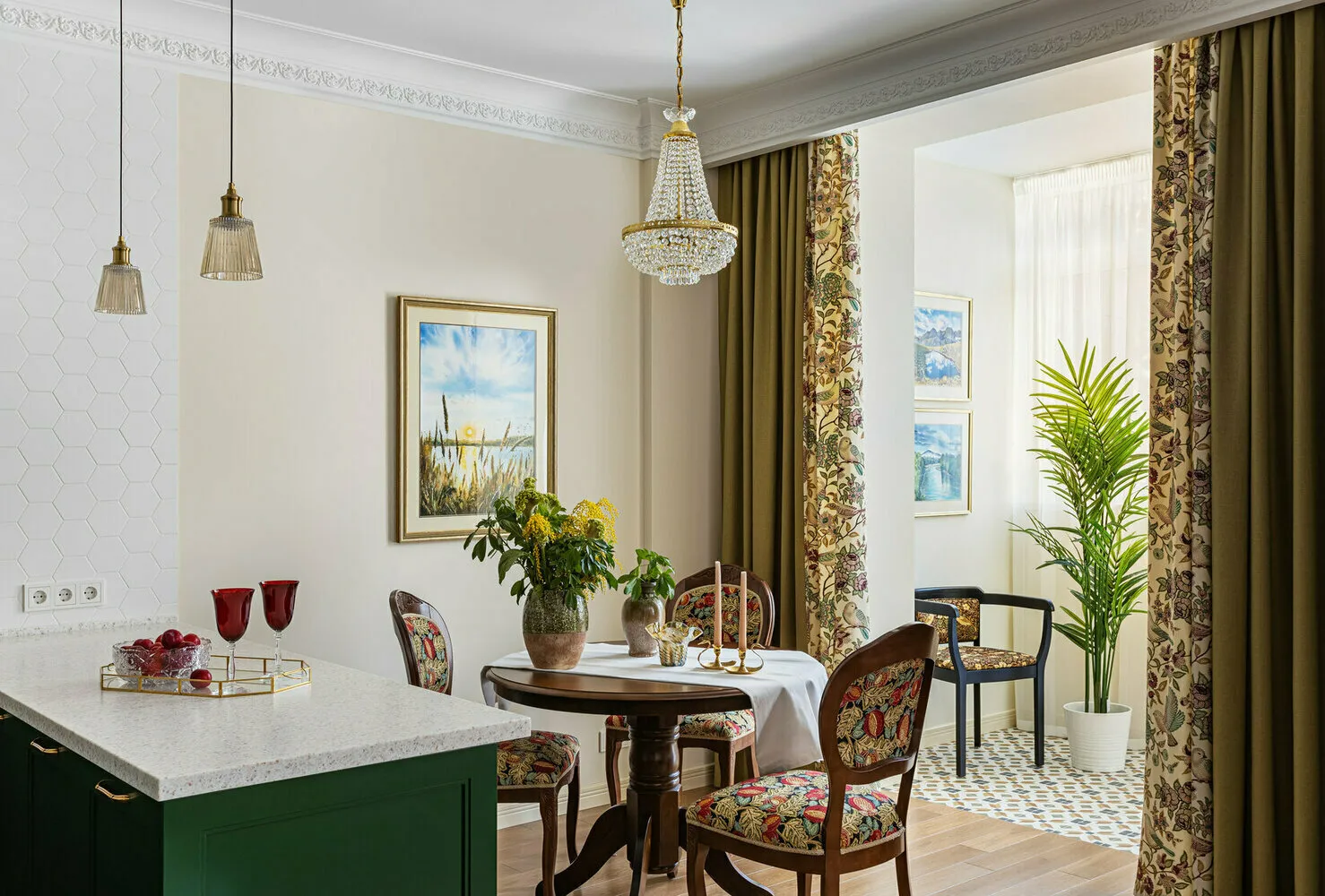
Design: Natalia Shirokorad
Step 5: Color or not color - that is the question
Choosing a color palette is like choosing a life partner. You must be sure that you can live with this color happily for a long time.
Some tips on choosing colors:
- Start with a neutral base and add accents;
- Use the 60-30-10 rule (60% main color, 30% secondary, 10% accent);
- Don't be afraid to experiment, but keep the interior's unity in mind.
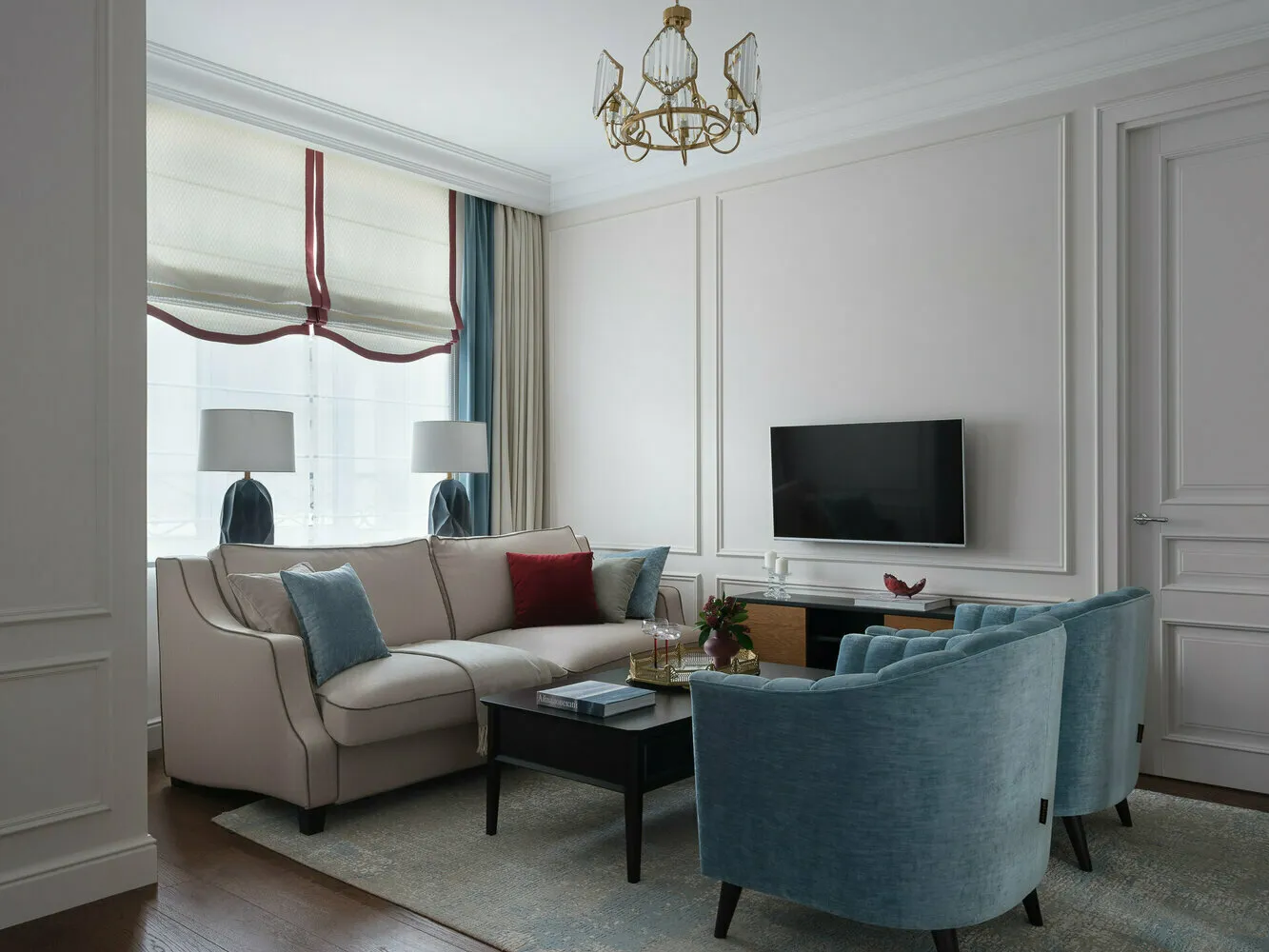
Design: Marina Yarmarkina
Step 6: Furniture Tetris, or fitting everything in
Now that you have a plan and color scheme, it's time to think about furniture. Remember that furniture should not only look beautiful but also be functional.
What to pay attention to:
- Furniture sizes (remember the measurements!);
- Style (should blend with the overall concept);
- Functionality (multi-functional furniture is your friend in small spaces).
Tip: Don't forget about storage. A beautiful interior is also a tidy one.
Natalia tells about what to pay attention to: "All furniture items you choose should be reflected on the layout at actual size, so you can double-check all dimensions BEFORE purchase. Don't be lazy - the cost of a mistake could be unpleasant - returns and replacements of furniture, extra money and time spent on this hassle. All planning programs have the ability to place furniture of any size on your plan."
Step 7: Devil in the details, or choosing finishes
Wall, floor, and ceiling finishes can radically change the perception of space. Choose materials that are not only beautiful but also practical.
Some ideas:
- Accent wall (walls with bold prints or textured plaster);
- Combining floor coverings (tiles in the hallway, parquet in the living room).

Design: Nikolai Bannikov
Step 8: Visualization - turning dreams into (virtual) reality
Before starting the renovation, it's good to see how your interior will look. For this, you can use special 3D visualization programs.
Popular programs:
- SketchUp;
- HomeByMe;
- Roomstyler 3D Home Planner.
Don't be discouraged if the first result doesn't impress you. Visualization is a skill that comes with practice.
Step 9: Budget - harsh reality or a reason for creativity?
Creating a budget is probably the most "earthly" part of the process. But don't despair if the numbers come out astronomical.
How to save:
- Prioritize (what is truly important and what can be postponed);
- Look for alternatives to expensive materials;
- Think about what you can do yourself (e.g., paint the walls).
Natalia shares: "I work a lot with investment interiors (for rent and sale), so I'll share a simple tip - use marketplaces! These are great resources for finding home goods at favorable prices. Keep in mind that some sellers publish the same item at different prices, so don't be lazy to double-check and search for the same item, say a chair, on several platforms, compare prices, and buy at the most favorable one."
Step 10: From dream to reality - bringing the project to life
Hooray, the project is ready! Now it's time to bring it to life. Don't be afraid if you have to change something during the renovation process - that's normal.
Our expert's advice: "Move according to your plan, but don't be afraid to change or improve something occasionally - your home should be comfortable for you exactly! The main thing I recommend is to check your chosen concept and color palette to avoid mixing completely different styles and colors in the interior, preserving your dream home design."
Creating a design project yourself gives you a better understanding of your needs and desires. Don't try to blindly copy trendy interiors from magazines. Your home should reflect your individuality.
Now that you have a step-by-step guide, nothing stands in the way of becoming the designer of your own flat. Remember that the perfect interior is one where you feel comfortable. Don't be afraid to experiment, listen to yourself, and you will definitely succeed in creating your dream home. Who knows, maybe soon your interior will grace the covers of those glossy magazines!
Cover: Design project by Alena Savvavaeva
More articles:
 Skin Care After 30: Secrets That Will Surprise You
Skin Care After 30: Secrets That Will Surprise You Dream Kitchen in Standard Layout: From Design Project to Implementation
Dream Kitchen in Standard Layout: From Design Project to Implementation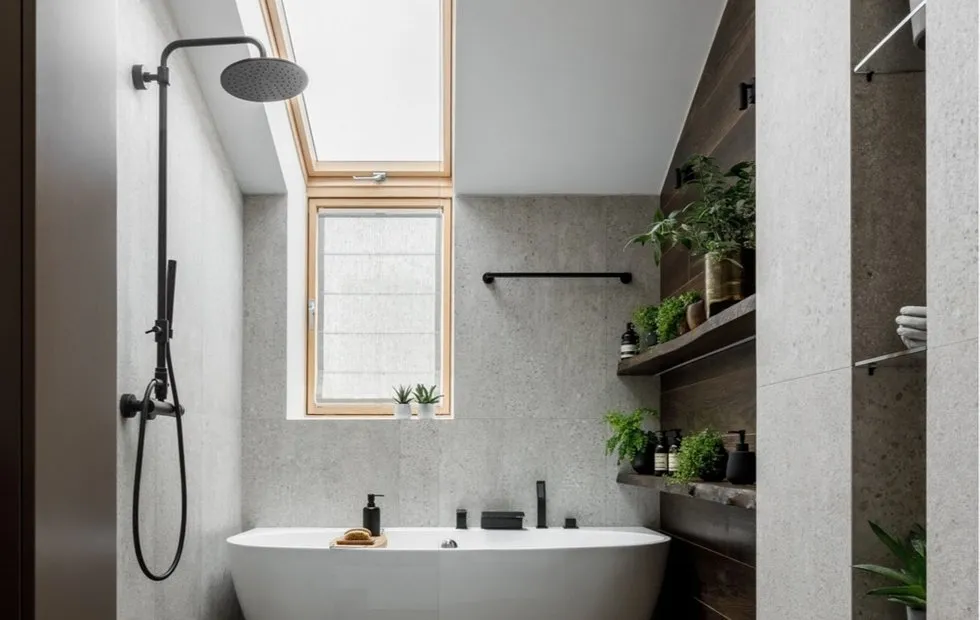 Home Spa Salon: How to Turn Your Bathroom into a Oasis of Peace
Home Spa Salon: How to Turn Your Bathroom into a Oasis of Peace Euroroom-greenhouse 49 m² with original storage
Euroroom-greenhouse 49 m² with original storage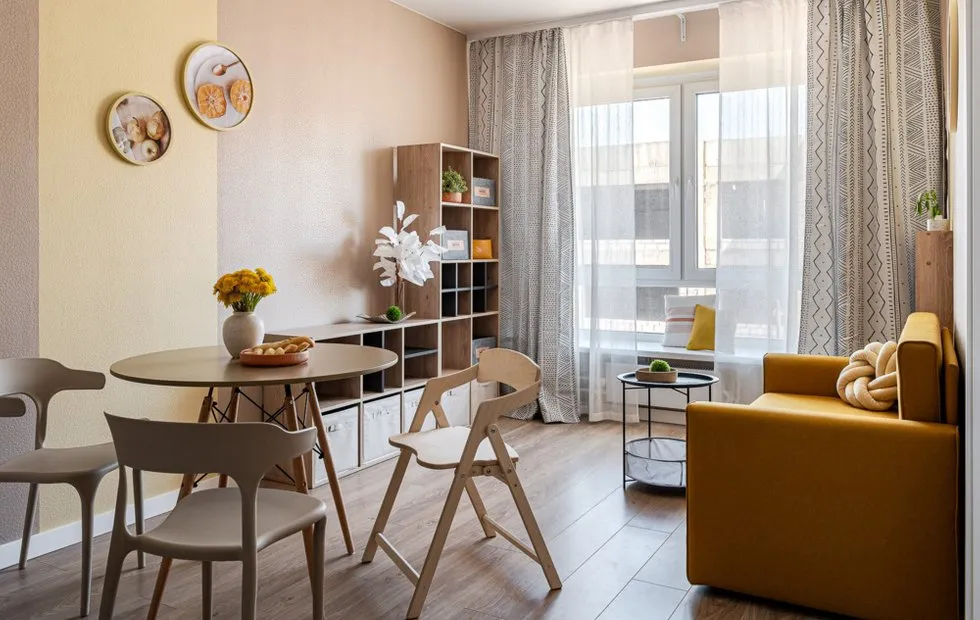 Home Mini-Project: Rearranging Furniture to Refresh Interior
Home Mini-Project: Rearranging Furniture to Refresh Interior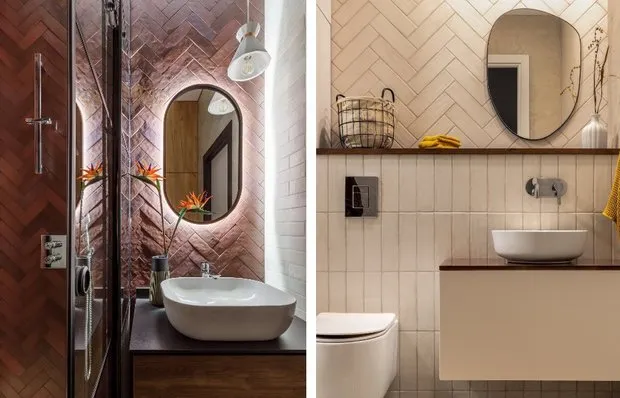 Fit Everything! How to Arrange a Small Bathroom: 6 Pro Tips
Fit Everything! How to Arrange a Small Bathroom: 6 Pro Tips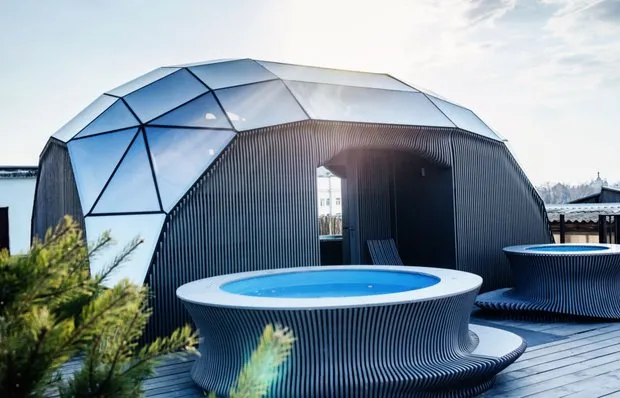 6 Genial Ideas for a Sauna That We Spotted in an Amazing Project
6 Genial Ideas for a Sauna That We Spotted in an Amazing Project Buying an Apartment Without Fear: Debunking 6 Myths That Prevent You from Becoming a Homeowner
Buying an Apartment Without Fear: Debunking 6 Myths That Prevent You from Becoming a Homeowner